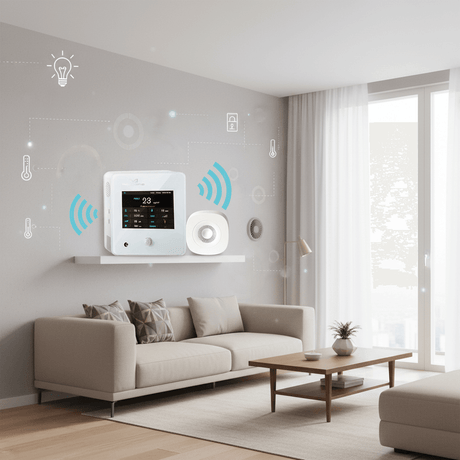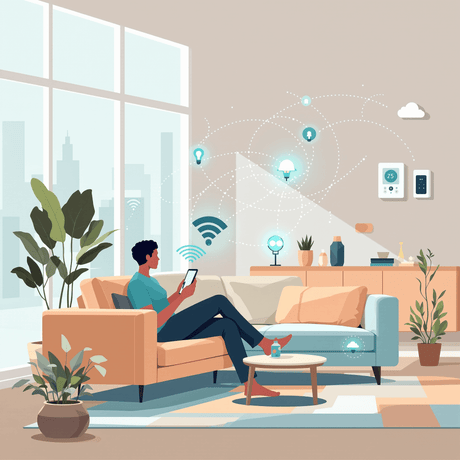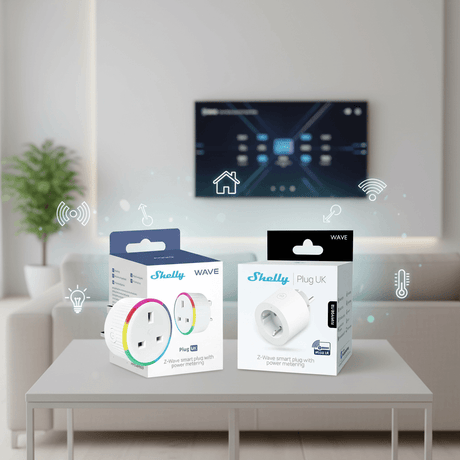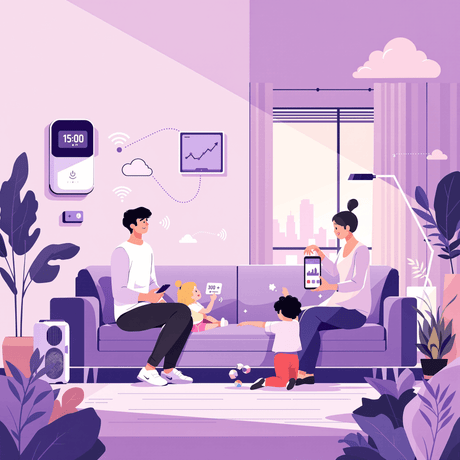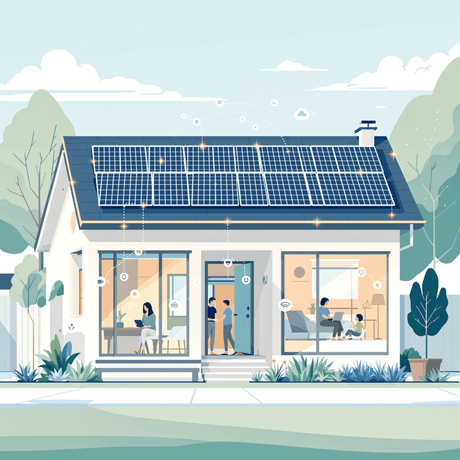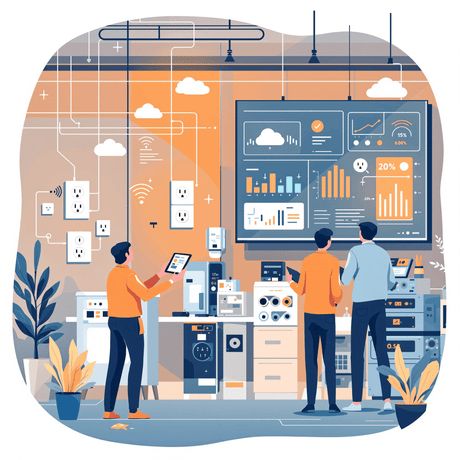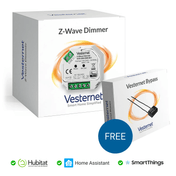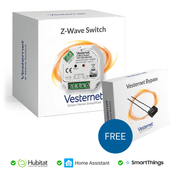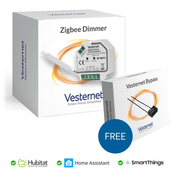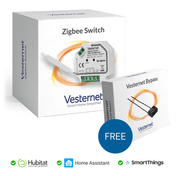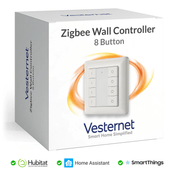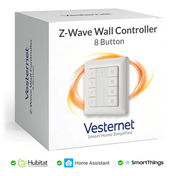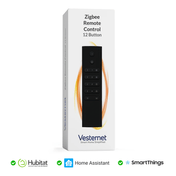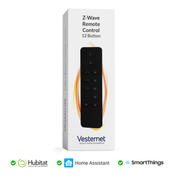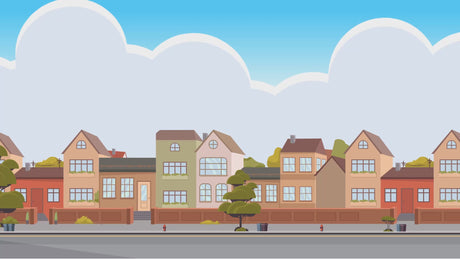Modern smart homes present homeowners with an increasingly complex ecosystem of connected devices from countless manufacturers, each using different protocols and operating systems. The fragmentation across IoT smart home technologies often leaves enthusiasts struggling to create cohesive automation that actually works together seamlessly. Without proper integration strategies, homes end up with isolated smart devices that fail to deliver the unified experience homeowners expect from their investment in home automation.
Comprehensive IoT integration transforms this scattered collection of gadgets into an orchestrated symphony of intelligent automation. When properly implemented, internet of things smart home systems provide unified control through a single interface, enhanced automation capabilities that respond intelligently to your lifestyle, improved energy efficiency through coordinated device management, and the convenience of truly connected living where every component works in harmony.
This guide will take you through a systematic journey from understanding fundamental IoT concepts to implementing and optimising your connected smart home ecosystem. We'll explore strategic planning, device selection, integration techniques, and ongoing maintenance practices that ensure your smart home delivers lasting value and adapts to your evolving needs.
Understanding IoT in Smart Home Context
The Internet of Things fundamentally transforms traditional home automation by creating networks of interconnected devices that communicate, share data, and respond intelligently to environmental changes and user behaviours. Unlike conventional systems where each device operates independently, IoT smart home implementations enable comprehensive coordination between lighting, heating, security, and entertainment systems through standardised communication protocols.
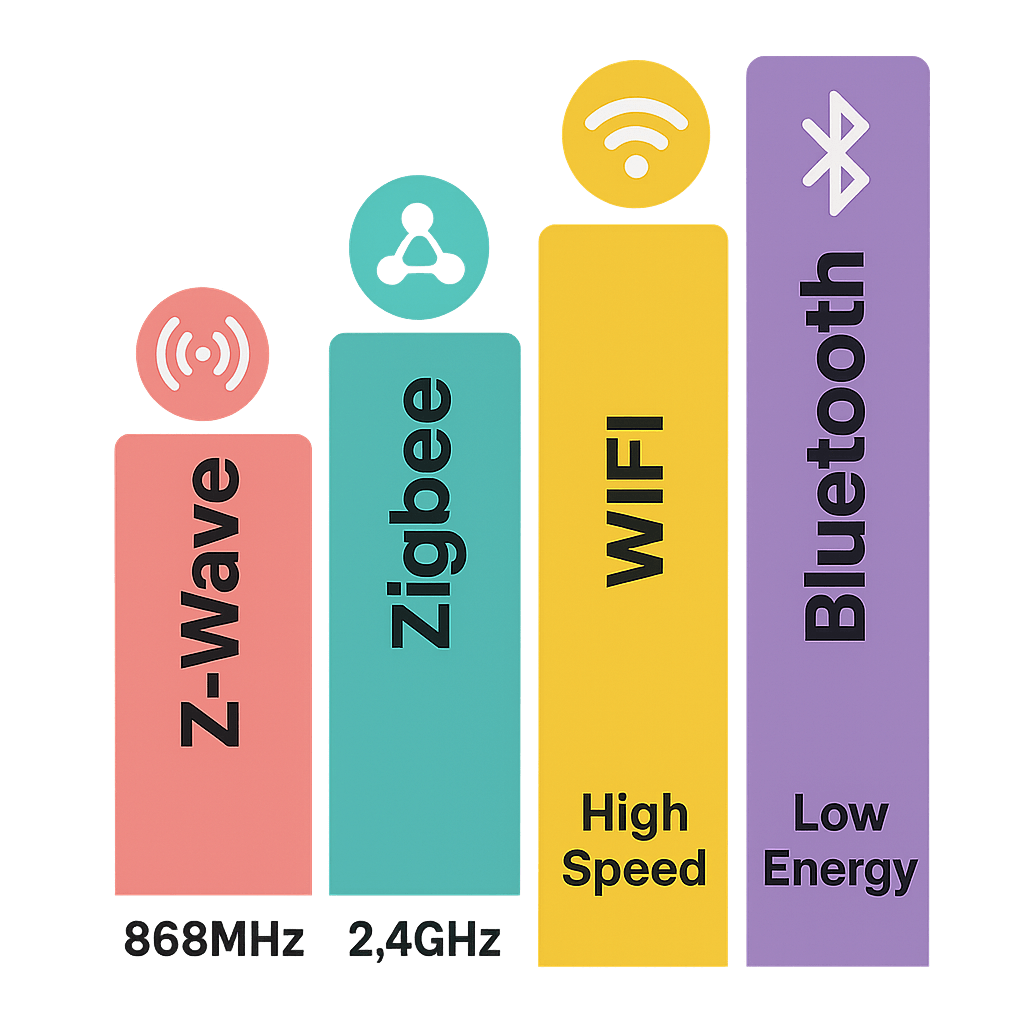
Core IoT Communication Protocols:
- Z-Wave operates on 868MHz frequency with mesh networking capabilities for reliable device communication
- Zigbee utilises 2.4GHz bands with low power consumption ideal for battery-operated sensors
- WiFi provides high-bandwidth connections suitable for streaming devices and cameras
- Bluetooth Low Energy enables direct device pairing for proximity-based controls
Understanding these protocols is essential for creating compatible ecosystems where motion sensors trigger lighting scenes, temperature monitors adjust heating systems, and security devices coordinate emergency responses. Each protocol offers distinct advantages that make them suitable for specific applications within your broader iot home automation strategy.
Planning Your IoT Smart Home Architecture
Successful IoT integration begins with strategic planning that considers your home's physical layout, existing infrastructure, and long-term automation goals. Network infrastructure forms the foundation of reliable smart home operations, requiring robust internet connectivity, strategically placed mesh network nodes, and adequate power supply for wireless devices throughout your property.
Hub selection represents perhaps the most critical decision in your internet of things smart home journey, as it determines which devices you can integrate and how they communicate with each other. Multi-protocol hubs offer the greatest flexibility by supporting various communication standards, enabling you to choose devices based on functionality rather than protocol limitations.
Essential Planning Considerations:
- Network coverage assessment to identify dead zones requiring range extenders or mesh nodes
- Power supply planning for battery-operated devices and charging station locations
- Device compatibility verification to ensure seamless integration across manufacturers
- Scalability planning that accommodates future expansion without system redesign
Essential IoT Device Categories and Integration Points
Modern iot smart home ecosystems rely on several key device categories that work together to create comprehensive automation coverage. Gateway hubs serve as the central nervous system, coordinating communication between diverse devices and providing the intelligence needed for complex automation scenarios. These devices translate between different protocols and maintain connection reliability across your entire network.
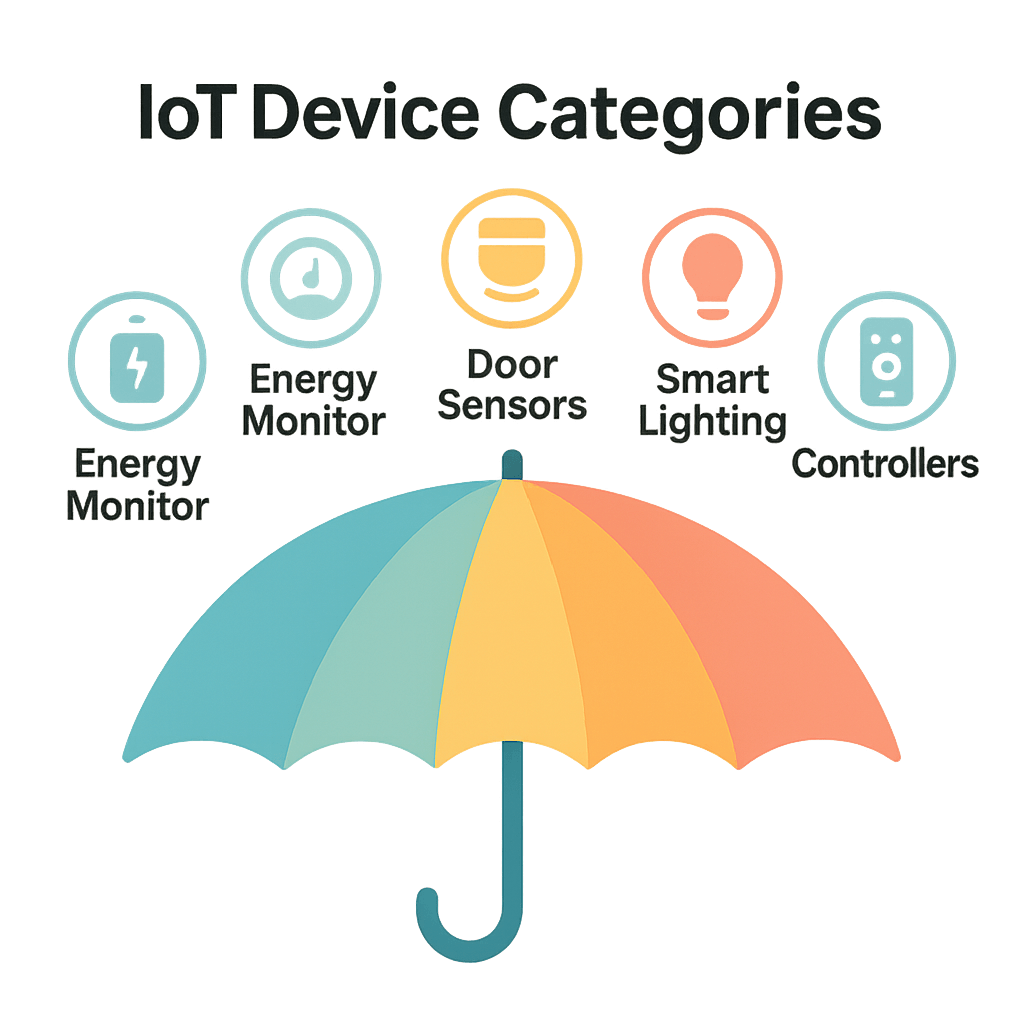
Core Device Categories for Integration:
- Energy monitoring sensors that track consumption patterns and identify efficiency opportunities
- Motion detection systems providing occupancy data for automated lighting and security responses
- Door and window sensors enabling security monitoring and climate control optimisation
- Smart lighting controllers offering dimming, colour changing, and scheduling capabilities
- Wireless control interfaces providing convenient manual override and scene activation options
Each category serves specific functions while contributing data that enhances the intelligence of your broader automation system. Motion sensors inform lighting decisions, energy monitors trigger efficiency measures, and door sensors coordinate heating adjustments, creating a truly interconnected iot home automation experience.
Hub-Centric Integration Strategies
Smart home gateways function as central command centres that eliminate the complexity of managing multiple device ecosystems independently. These hubs discover new devices automatically, maintain communication protocols, and provide the processing power needed for complex automation logic that responds to multiple inputs simultaneously.
Multi-protocol support enables hubs to communicate with devices using different standards, breaking down the silos that traditionally limit smart home expansion. This flexibility allows homeowners to select devices based on performance and features rather than compatibility constraints, creating more capable internet of things smart home systems.
Hub Integration Benefits:
- Unified device management through single interfaces eliminating app proliferation
- Automated device discovery reducing setup complexity for new additions
- Cross-protocol communication enabling devices from different manufacturers to interact
- Local processing capabilities reducing cloud dependency and improving response times
Automation Orchestration and Scene Creation
Intelligent automation workflows transform individual smart devices into coordinated systems that anticipate needs and respond appropriately to changing conditions. Scene creation allows homeowners to define specific device states for different activities, such as "evening relaxation" modes that dim lights, adjust temperature, and activate entertainment systems simultaneously.
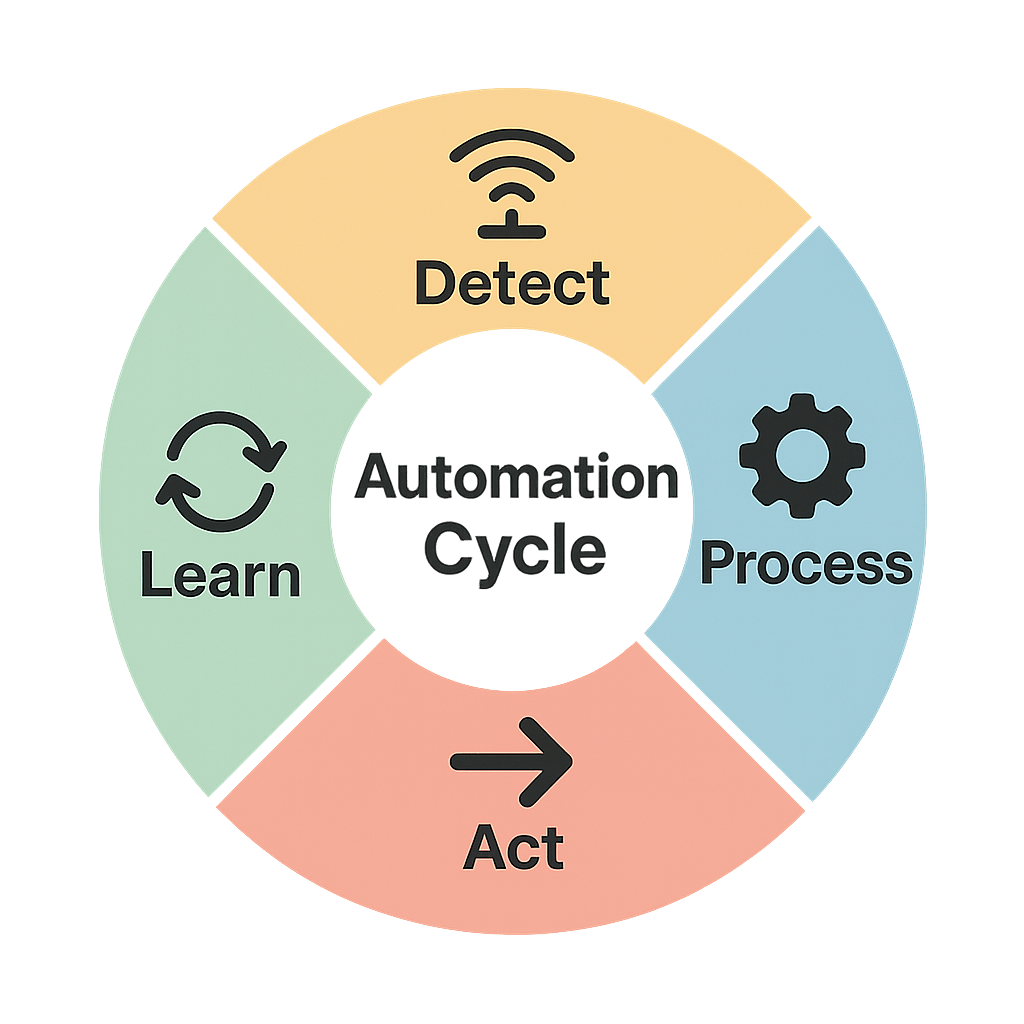
Advanced Automation Techniques:
- Conditional logic implementation using "if-this-then-that" rules based on sensor inputs
- Time-based scheduling that adjusts behaviour according to daily routines and seasonal changes
- Occupancy-driven responses that activate appropriate scenes based on room usage patterns
- Environmental triggers linking weather conditions to heating, cooling, and lighting adjustments
Successful iot smart home orchestration requires understanding how device data flows through your system and how different inputs can trigger coordinated responses. Motion sensors detecting activity might simultaneously activate lighting, adjust thermostats, and disable security systems, creating seamless transitions that enhance daily living experiences.
Energy Management Through IoT Integration
Smart energy monitoring represents one of the most tangible benefits of comprehensive iot home automation, providing real-time consumption data that enables informed decisions about usage patterns and efficiency improvements. Integration with lighting controls, heating systems, and major appliances creates opportunities for automated optimisations that reduce costs without sacrificing comfort.
Advanced energy management systems use occupancy data from motion sensors to eliminate waste in unoccupied areas, while temperature monitoring ensures heating and cooling systems operate only when needed. These coordinated responses can significantly reduce energy consumption whilst maintaining optimal living conditions.
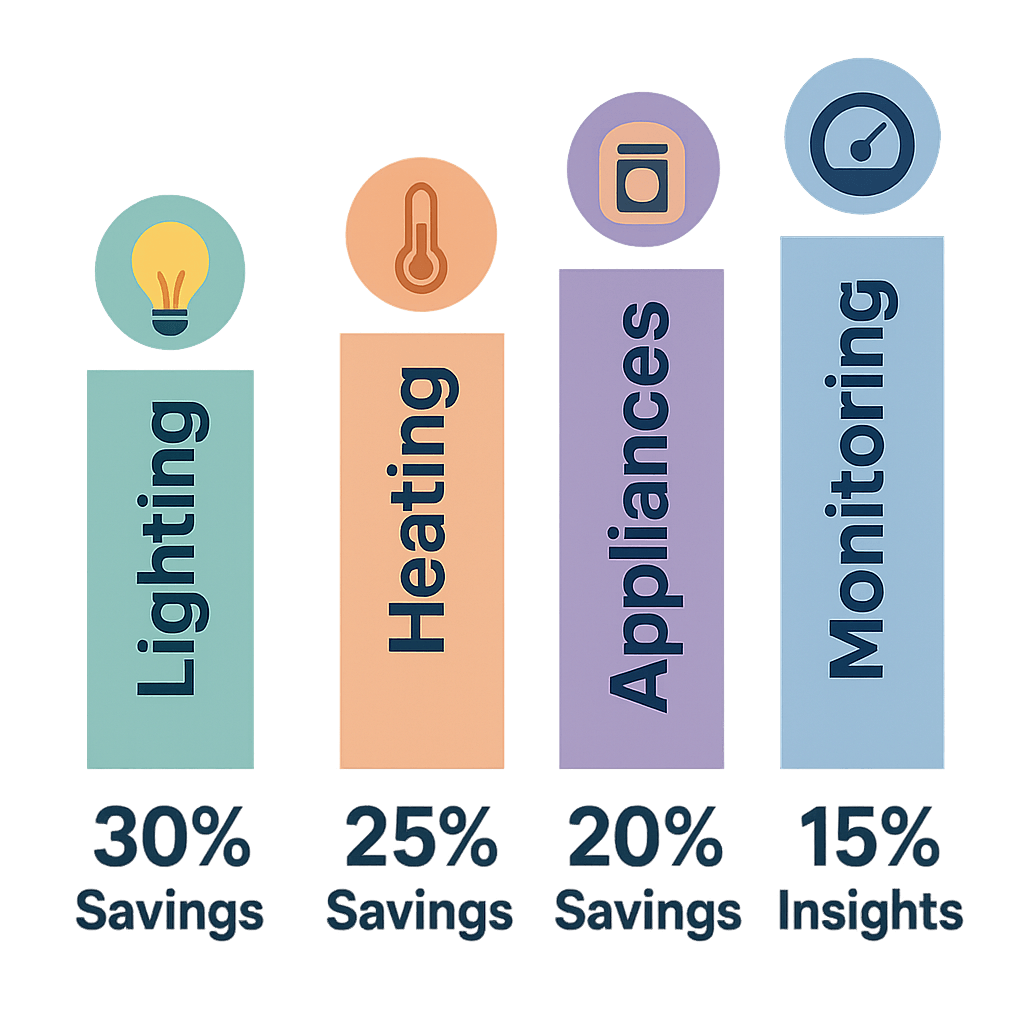
Energy Optimisation Strategies:
- Automated lighting schedules that adjust brightness and activation based on natural light levels
- Heating zone control using occupancy sensors to heat only active areas of the home
- Appliance load management that schedules high-consumption devices during off-peak periods
- Real-time consumption alerts that identify unexpected usage spikes indicating inefficient operation
Security and Access Control Integration
IoT-enabled security systems extend far beyond traditional alarms by creating comprehensive monitoring networks that integrate motion detection, door and window sensors, and automated response systems. Strategic sensor placement throughout your property creates overlapping coverage zones that detect intrusion attempts whilst minimising false alarms from normal household activities.
Comprehensive Security Integration:
- Perimeter monitoring using door and window sensors with automatic arming schedules
- Interior motion detection with pet-immune settings and activity zone customisation
- Automated lighting responses that simulate occupancy during extended absences
- Remote monitoring capabilities providing real-time alerts and camera access via mobile devices
Modern internet of things smart home security systems learn normal household patterns and adjust sensitivity accordingly, reducing nuisance alarms whilst maintaining robust protection. Integration with lighting and communication systems enables coordinated responses that can deter intruders and alert emergency services when necessary.
Troubleshooting and Optimisation Best Practices
Maintaining reliable iot smart home operations requires understanding common connectivity challenges and implementing proactive monitoring strategies. Network interference from nearby electronics, inadequate signal coverage in certain areas, and device firmware conflicts can disrupt automation workflows and reduce system reliability.
Regular system health monitoring helps identify performance degradation before it affects daily operations, whilst systematic device updates ensure security patches and feature improvements are applied consistently across your network.
Maintenance and Optimisation Techniques:
- Signal strength monitoring to identify devices requiring range extenders or repositioning
- Battery level tracking for wireless devices with automated low-power alerts
- Firmware update scheduling to maintain security and compatibility across all devices
- Network traffic analysis to optimise bandwidth allocation and identify connectivity bottlenecks
Conclusion
Comprehensive IoT integration delivers transformational benefits that extend far beyond individual device capabilities, creating unified control systems that enhance daily living through intelligent automation, improved energy efficiency, and seamless orchestration of all connected home technologies. When properly implemented, these systems adapt to your lifestyle patterns and preferences, providing convenience that genuinely improves quality of life whilst reducing operational costs.
Starting your iot home automation journey requires careful planning and gradual implementation, focusing on compatible devices and robust gateway solutions that support long-term scalability. Begin with core categories like lighting and energy monitoring, then expand systematically to create the comprehensive internet of things smart home ecosystem that matches your specific needs and preferences.
Ready to build your connected smart home ecosystem? Explore our comprehensive range of IoT-ready devices including multi-protocol gateways for unified control, energy monitoring solutions for efficiency insights, motion sensors for intelligent automation, smart dimmers for lighting control, door sensors for security integration, and wireless controllers for convenient system management - with expert guidance available to help you create the perfect connected living experience.



